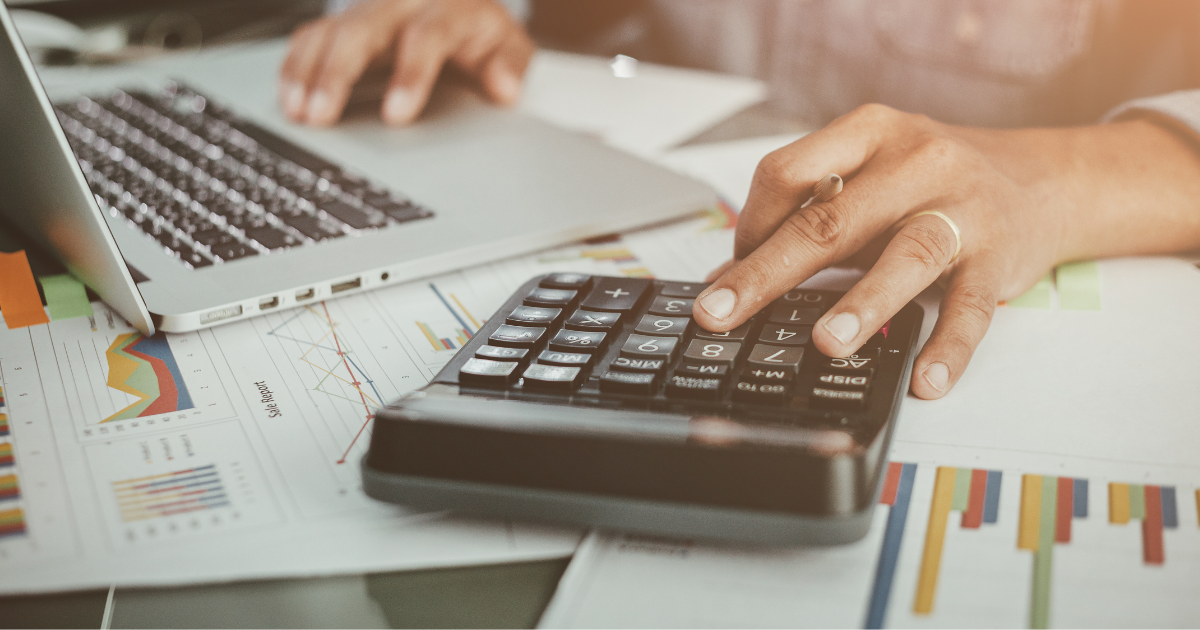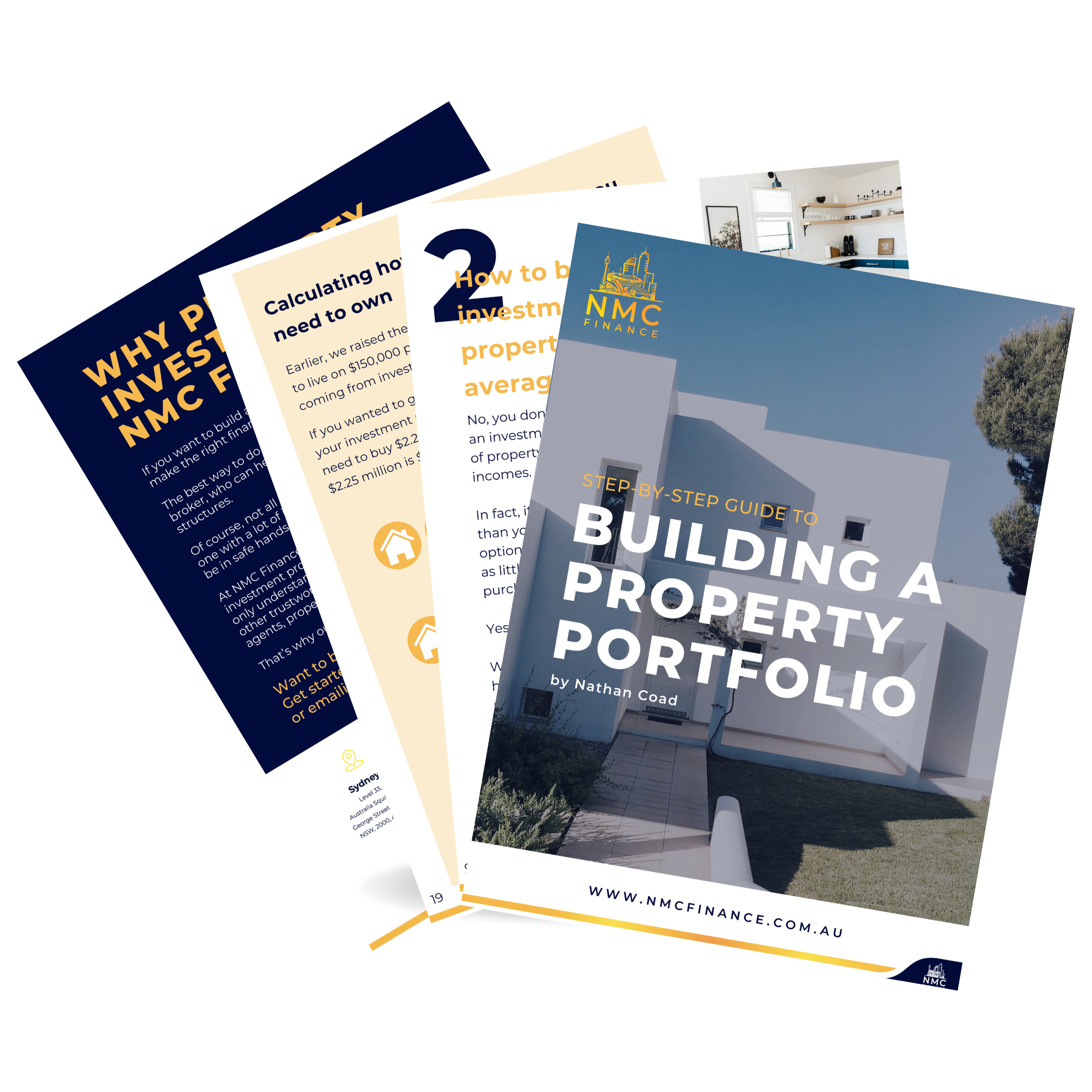With the end of the financial year (EOFY) fast approaching, now is the perfect time for businesses to start arranging their equipment and vehicle financing. Regardless of your business’s size or industry, EOFY presents the ideal opportunity to prepare for capital expenses and establish equipment limits. This can help you take advantage of tax benefits, budget more efficiently, and set your business up for success in the upcoming year.
Organising your equipment and vehicle finance before EOFY in Australia can provide tax benefits for eligible businesses. To encourage investment in new equipment, the ATO offers an instant asset write-off scheme to businesses with an annual turnover of less than $50 million. However, the asset cost threshold varies depending on the aggregated turnover of your business. You can buy either new or used vehicles, machinery, or office equipment, as long as the total cost is less than the threshold and the items are purchased and ready for use by June 30. With that date looming in the very near future, you need to start planning now to utilise this scheme and potentially reduce your business’s taxable income, or even receive a refund on the tax paid.
Whether you’re interested in utilising the instant asset write-off scheme or not, it is still a crucial time to plan for your business’s capital expenditure needs. To do so, you will need a solid understanding of your business’s requirements and a limit on equipment purchases. This will provide stability and certainty for your business in the coming financial year.
Here are the three key benefits of future planning for capital expenditure and setting equipment limits before EOFY:
1. Effective budgeting
By planning for future capital expenditures before this EOFY, you can accurately budget for expenses related to vehicles and equipment, preventing unexpected costs from arising later on. This will help you manage your business’s cash flow in the new financial year and ensure you have the resources needed to meet ongoing obligations.
2. Financial stability.
Establishing a limit on equipment purchases and planning for future capital expenditures now will help ensure the financial stability of your business. Instead of making ad hoc purchases as needs arise, you can strategically plan for equipment purchases over a longer period, ensuring your business always has the resources it needs.
3. Improved efficiency.
Having a solid plan in place for capital expenditures will ultimately help your business operate more efficiently. By understanding your equipment needs and limitations, you can make informed decisions about allocating resources, reducing waste, and improving your business’s overall productivity. In turn, this will increase profitability and competitiveness, allowing your business to thrive.
By taking advantage of the instant asset write-off scheme, prioritising future planning for capital expenditure, and setting equipment limits, businesses can reduce their taxable income, budget more effectively, achieve financial stability, and improve efficiency. So, start organising your capital expenditure needs and equipment financing now to set your business up for success in the coming financial year. Don’t wait until the last minute!
* This blog is intended for general informational purposes only. For personalised advice tailored to your unique financial situation, please contact NMC Finance.

